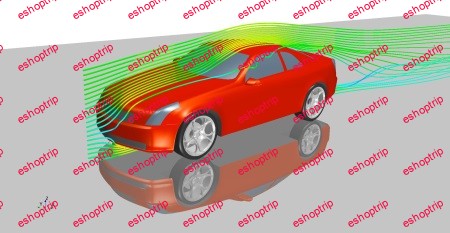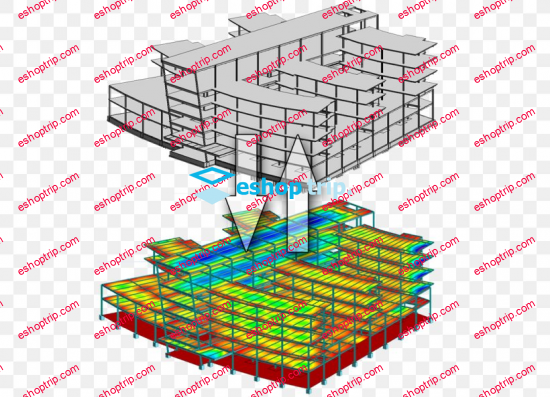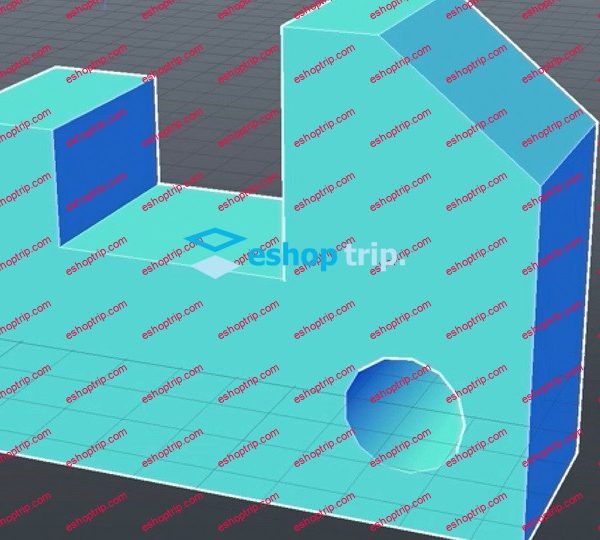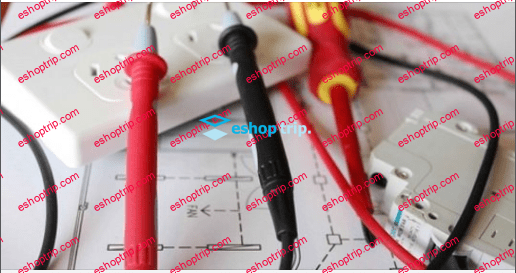Published 07/2022
MP4 | Video: h264, 1280×720 | Audio: AAC, 44.1 KHz, 2 Ch
Genre: eLearning | Language: English | Duration: 18 lectures (3h 36m) | Size: 2.91 GB
Conduct CFD analysis of Vehicles using Fluent Meshing and Fluent Solver with best mesh quality and accurate results
What you’ll learn
Learn Fluent meshing : water tight geometry and fault tolerant meshing work flow
Adding custom options in above work flows such as boundary conditions, body of influence (for wake capturing) etc.
Solving problem in Fluent solver
Extracting results and post processing
Students will also how to use Fluent’s new meshing technique known as Mosaic meshing
Finally students should be able to conduct CFD analysis of complex geometries such as F1 (Formula one) , trucks etc. with ease
Requirements
ANSYS 2022 R1 must be installed on your computer
Computer with i7 processor and atleast 32 GB RAM
Basic knowledge of CFD, ANSYS GUI and using ANSYS CFD for simple problems
Description
CFD analysis is an integral part of any design process. With rapid advancement in computer hardware and software, companies are including more details in geometry and physics at the same time. While the complex physics can be handled with more sophisticated algorithm and computational power, but the ever increasing complexity in geometry requires more skills in geometry processing and subsequently in mesh generation process. Example of this case can be the car body with spoilers, front wing etc. and always under the hood components for detailed CFD analysis.
In order to overcome this issue of geometry cleaning and mesh generation, TGrid was always the choice of car manufactures specially the Formula one cars. T Grid used to come with Fluent for more than over the decade and after acquisition of Fluent by ANSYS, they repacked TGrid as Fluent meshing and embedded it inside Fluent solver. So if you click on meshing mode, Fluent launcher will take you to Fluent meshing (aka TGrid) interface.
Fluent meshing has improved a lot in the past 5-6 years and recently it came with two new workflows that automated the meshing process completely. Although you can still use it in manual mode, but I would recommend to try its automated algorithms such as Watertight and Fault Tolerant work flows or you can crate your own work flow.
While the watertight work flow is for clean geometries with domain defined already, but you can use Fault Tolerant work flow to create high quality meshes for dirty geometries with overlapping regions, gaps, sharp angles etc. without any need to clean geometry first. Even Fluent meshing will create external or internal domain along with refinement regions as per user requirements.
From above discussion, you have the idea that this course will teach the application of Fluent meshing to create the high quality meshes very quickly for complex geometries such as cars, trucks, formula one etc. And then subsequently course will show you how to solve those cases and compare data with experimental or known high quality data.
After this course you should be able to conduct complete CFD simulation in less than two hours even on very complex geometries without any need for cleaning them first.
Who this course is for
This course is intended for the students and professional who want to create meshes for very complex geometries such as F1 quickly with high quality and subsequently make CFD analysis within few hours
HOMEPAGE
https://anonymz.com/?https://www.udemy.com/course/cfd-analysis-of-external-flow-over-vehicles/











Reviews
There are no reviews yet.